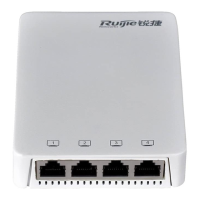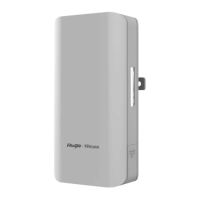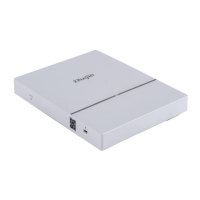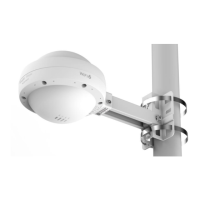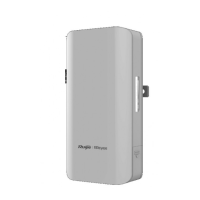Configuration Guide Configuring HTTP Service
HTTP Upgrade Service
HTTP upgrade includes local HTTP upgrade and remote HTTP upgrade.
During a local upgrade, a device serves as an HTTP server. Users can log in to the device through a Web browser and
upload upgrade files to the device to realize file upgrade on the device.
During a remote upgrade, a device is connected to a remote HTTP server as a client and realizes local file upgrade by
obtaining files from the server.
Features
Users log in to devices through Web pages to configure and manage devices.
Local HTTP Upgrade
Service
Upgrade files are uploaded to a device to realize file upgrade on the device.
6.3.1 HTTP Service
HTTP is a service provided for Web management. Users log in to devices through Web pages to configure and manage
devices.
Working Principle
Web management covers Web clients and Web servers. Similarly, the HTTP service also adopts the client/server mode. The
HTTP client is embedded in the Web browser of the Web management client. It can send HTTP packets and receive HTTP
response packets. The Web server (namely HTTP server) is embedded in devices. The information exchange between the
client and the server is as follows:
A TCP connection is established between the client and the server. The default port ID of the HTTP service is 80 and
the default port ID of the HTTPS service is 443.
The client sends a request message to the server.
The server resolves the request message sent by the client. The request content includes obtaining a Web page,
executing a CLI command, and uploading a file.
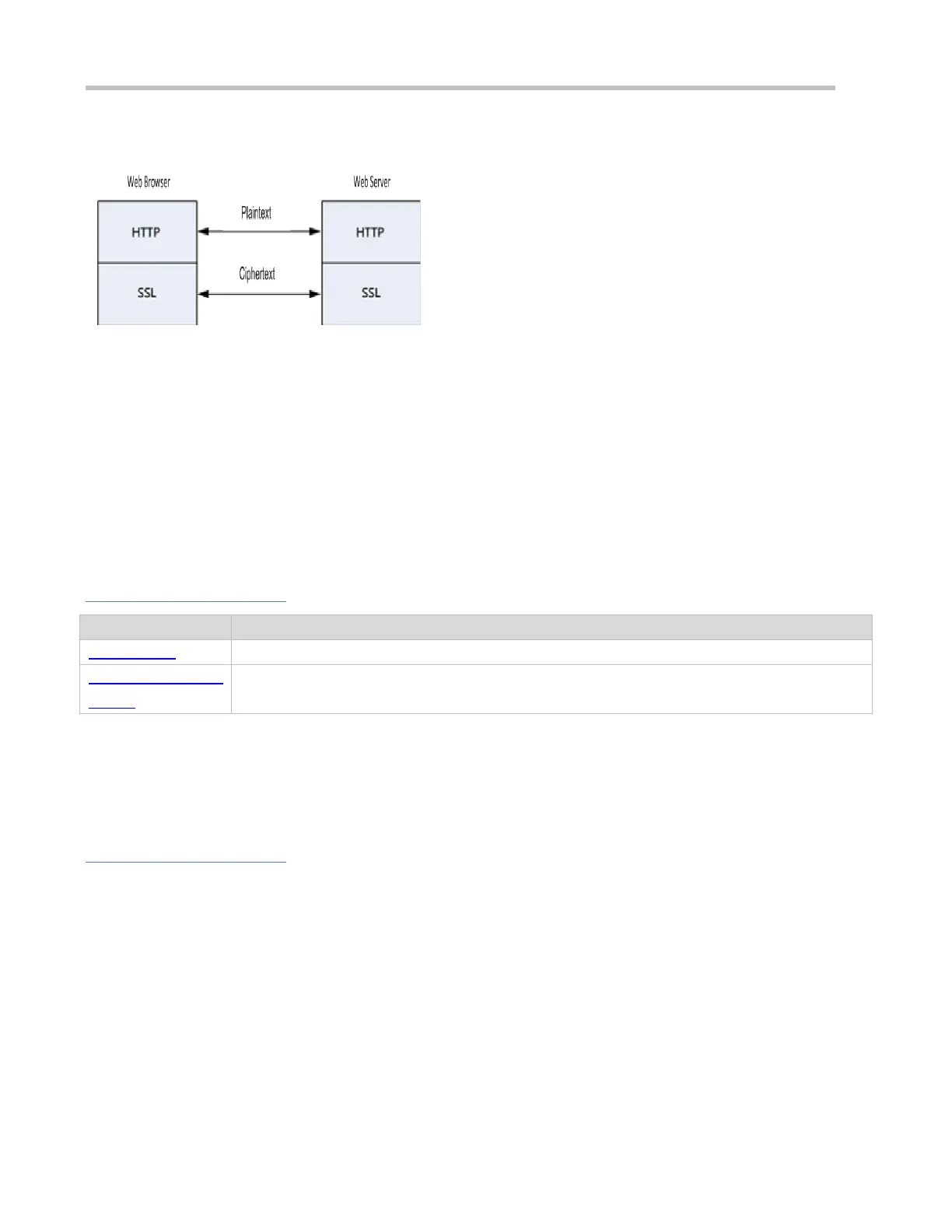